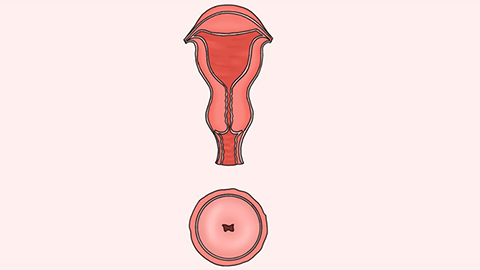The cervical os has several shapes.
The cervical os primarily has two basic shapes: circular and transversely slit-like. Differences in shape are often related to whether a woman has experienced childbirth; it is usually circular in women who have not given birth and transversely slit-shaped in those who have. Both shapes are considered normal physiological variations and require no special treatment. Detailed explanations are as follows:

In women who have not undergone vaginal delivery, the cervical os is typically circular with smooth, regular edges. This is because the mucosa and muscular tissues of the cervix remain intact, and the external cervical os has not been stretched during childbirth, thus maintaining its natural anatomical form. This circular shape allows for better closure of the cervical canal, reducing the risk of pathogen invasion into the uterine cavity and offering some protection for reproductive health.
In women who have experienced vaginal delivery, the cervical os often becomes a single horizontal slit. During childbirth, passage of the fetus causes significant dilation of the external cervical os, leading to tearing and remodeling of the cervical mucosa and muscle tissue. After delivery, the cervical os cannot fully return to its original circular shape, resulting in a transversely slit appearance.
Regardless of the shape of the cervical os, women should pay attention to cervical health. Regular gynecological examinations, including cervical cytology (Pap smear) and HPV testing, can help detect cervical abnormalities early.





